advice
20/80 rule or the Pareto principle
Which 20% of your actions can bring 80% of results
What would you say if I told you that you could make more career progress in two hours of your working day than the other six and take the rest off as they wouldn't make much of a difference? And that it has less to do with WHICH two of these hours you use and more with WHAT it is that you do during them?
Such is the underlying message of the Pareto principle, named after the Italian economist (among other professions) Vilfredo Pareto who, in 1896, noticed that 80% of the land in Italy belonged to 20% of the population. With time, such disproportions were examined, confirmed and popularised in other areas, especially in business (for example, 20% of your clients bring in 80% of the revenue; 80% of complaints originate from 20% of your customers, etc.).
What does this mean for you, as a freelancer, if this is true? If 80% of all the hard work you're putting in brings you only 20% of results? While fifteen minutes that it took you to send three emails with your latest work got you an exciting paying gig? Or take a three-month "how to make more money with my craft" course vs one hour of getting inspired by a museum visit that shifts you to write or photograph in a slightly new way that gets the appreciators of finesse lining up eager to become your next client?
What does this mean, practically?
List all the work-related activities that you carried out last month. Pretty much most of what you did aiming at professional growth will belong to one of these categories:
- gathered knowledge (reading, watching, taking courses);
- applied such knowledge and transforming them into your skills (writing, drawing, photographing);
- worked on the presentation of your craft (website, portfolio, Instagram);
- showcased your work to existing or potential clients;
- reminded of yourself to past clients;
- attended industry events where you actually had human contact.
“
By the end of the three weeks I will hand over all of my sketches and pallets and colours, and at this point, it will no longer be my job - the team will take it from there. It is not mine anymore.
Let me give you an example: when I moved from Sydney and temporarily resided in Paris, I had a small lux wedding photography brand that brought in decent income and joy and was a safety pillow when I moved continents. Having great wedding shots in handcrafted leather albums, I decided to make a similar booklet that I would leave as a coffee table book with potential partners in Europe. Since I didn't have any work in Europe in the beginning, I decided not to spend 1500 - 2000 euros on Parisian designers and do it myself because:
a) I enjoyed the process;
b) I wasn't yet clear with what exactly I wanted and could experiment with the design while I stumble upon something I loved and
c) it was a genuine cost-reduction.
And that took me about three weeks! Only later did I realise that this was one of those "80% effort - 20% results" activities that I worked so hard to get done. Applying signore Pareto's principle though, I could've instead invested only a portion of this time in getting just one wedding booked (a 3000 - 4000 euro package at that time), hired a chic Parisian designer to create a much better booklet that I would ever be capable of and spent the two freed-up weeks either getting acquainted with the never-ending cheese varieties or meeting potential clients and partners.
Instead, I was "working hard" at home designing this darn beautiful booklet. And while I am at home - the French didn't have a chance to know that a decent Russian-Australian wedding photographer was now on the scene ready to capture the day that would change their lives forever.
a) I enjoyed the process;
b) I wasn't yet clear with what exactly I wanted and could experiment with the design while I stumble upon something I loved and
c) it was a genuine cost-reduction.
And that took me about three weeks! Only later did I realise that this was one of those "80% effort - 20% results" activities that I worked so hard to get done. Applying signore Pareto's principle though, I could've instead invested only a portion of this time in getting just one wedding booked (a 3000 - 4000 euro package at that time), hired a chic Parisian designer to create a much better booklet that I would ever be capable of and spent the two freed-up weeks either getting acquainted with the never-ending cheese varieties or meeting potential clients and partners.
Instead, I was "working hard" at home designing this darn beautiful booklet. And while I am at home - the French didn't have a chance to know that a decent Russian-Australian wedding photographer was now on the scene ready to capture the day that would change their lives forever.

Retouching for a photographer is another one of those. What will be more effective - if you retouch 12 editorial shots in 8 hours or pay (yes, pay, not save) $200-$300 and, while she is busy making your work look MUCH better, meet with 3-4 potential clients and bring in one job worth $1000?
This is where we get to meet our comfort zone. As one of the leading Russian business coaches (who is also now working in NYC) Vladimir Gerasichev said in our interview: "Our brain is not our buddy when it comes to creating something new as it's main function is to keep us safe". It is a lot more comfortable and definitely a lot more "safer" to stay at home tweaking our images, our website, even our email signature (it's gotta look perfect, right?!) rather than get in touch with a potential client and risk facing rejection. Bring THIS to the front of your neocortex - the longer people don't hear from you, the longer is your next paid project and that feeling of pride when all the doubters (external as well as internal) show up at your exhibition. As I wrote earlier, if you want to start getting work you love, your potential client needs to know that you exist. No exceptions.
This is where we get to meet our comfort zone. As one of the leading Russian business coaches (who is also now working in NYC) Vladimir Gerasichev said in our interview: "Our brain is not our buddy when it comes to creating something new as it's main function is to keep us safe". It is a lot more comfortable and definitely a lot more "safer" to stay at home tweaking our images, our website, even our email signature (it's gotta look perfect, right?!) rather than get in touch with a potential client and risk facing rejection. Bring THIS to the front of your neocortex - the longer people don't hear from you, the longer is your next paid project and that feeling of pride when all the doubters (external as well as internal) show up at your exhibition. As I wrote earlier, if you want to start getting work you love, your potential client needs to know that you exist. No exceptions.
“
Doing something unimportant well does not make it important.
What's intriguing is that these super-charged 20% will consist of different actions at different stages of your journey. For example, if your challenge is in how to start getting paid for your hobby - then letting people know about your craft could be a lot more effective than trying to make improvements to your suitable, even if not yet ideal, portfolio. If the financial part is already taken care of and you seem to be stuck and can't get to those new chic clients - then perhaps visiting an exhibition might give you just exactly what you need to get you to a next aesthetic level.
So, let's return to that list of activities which filled up your working calendar this past month and see if you can trace which results came from what. And if you want to make real use of reading this - swap what you focus on for the next week and see what results will come out of that. Keep changing and experimenting until you hit your sweet 20%. This will be your own formula of effectiveness. For now. TU
So, let's return to that list of activities which filled up your working calendar this past month and see if you can trace which results came from what. And if you want to make real use of reading this - swap what you focus on for the next week and see what results will come out of that. Keep changing and experimenting until you hit your sweet 20%. This will be your own formula of effectiveness. For now. TU
More

